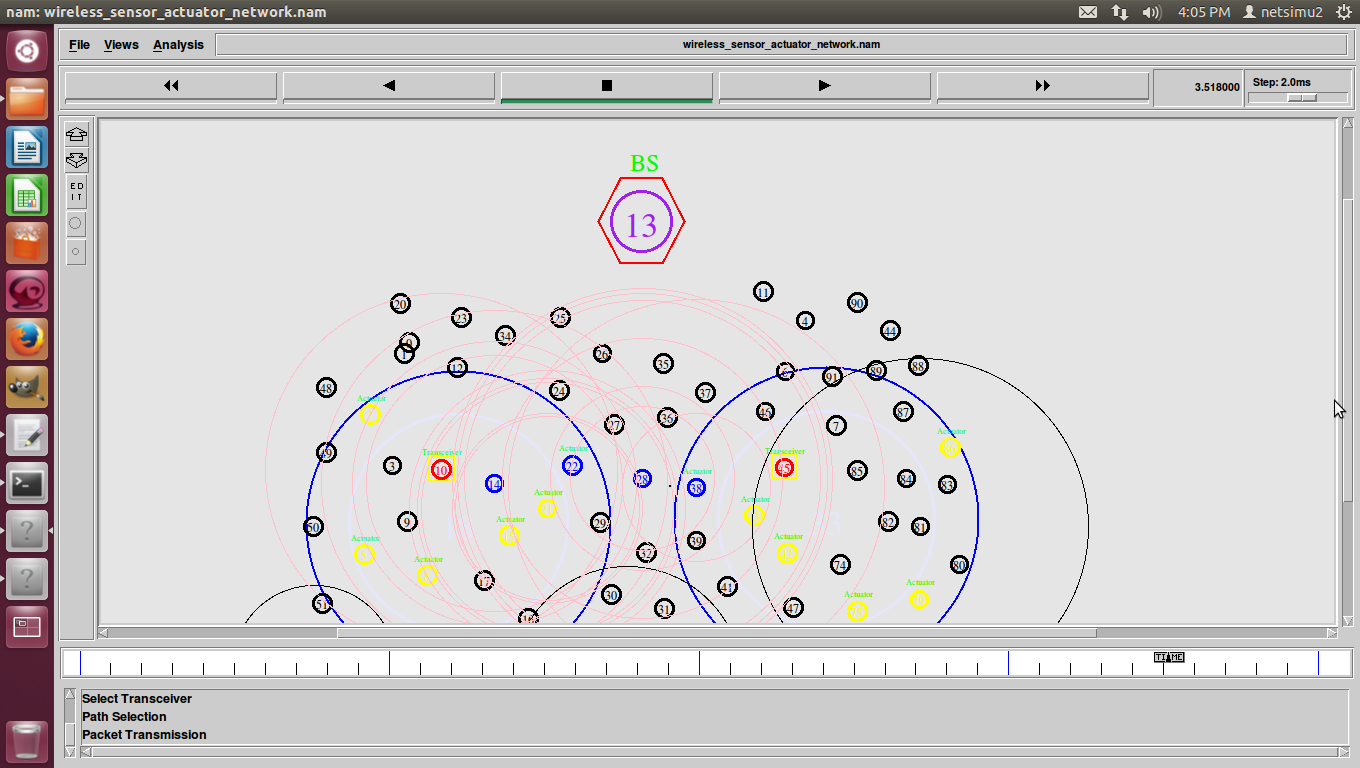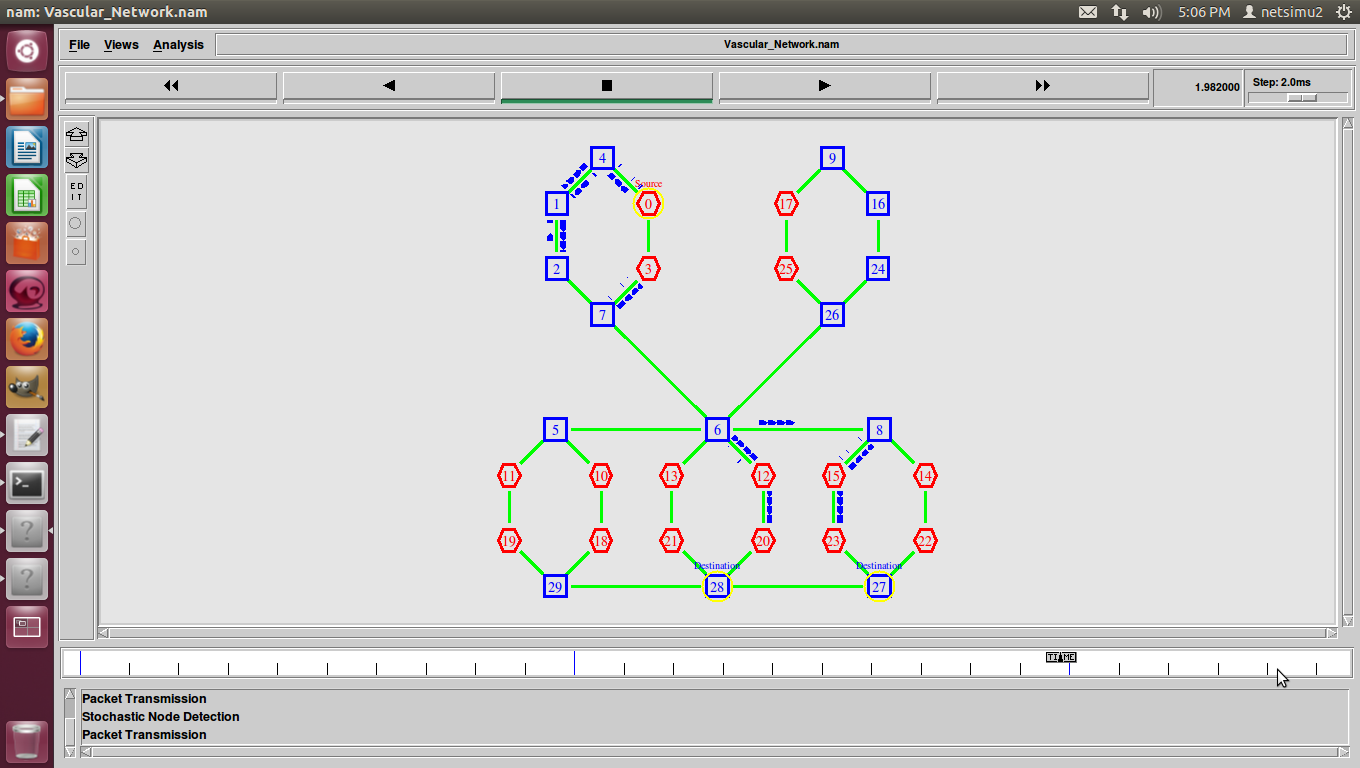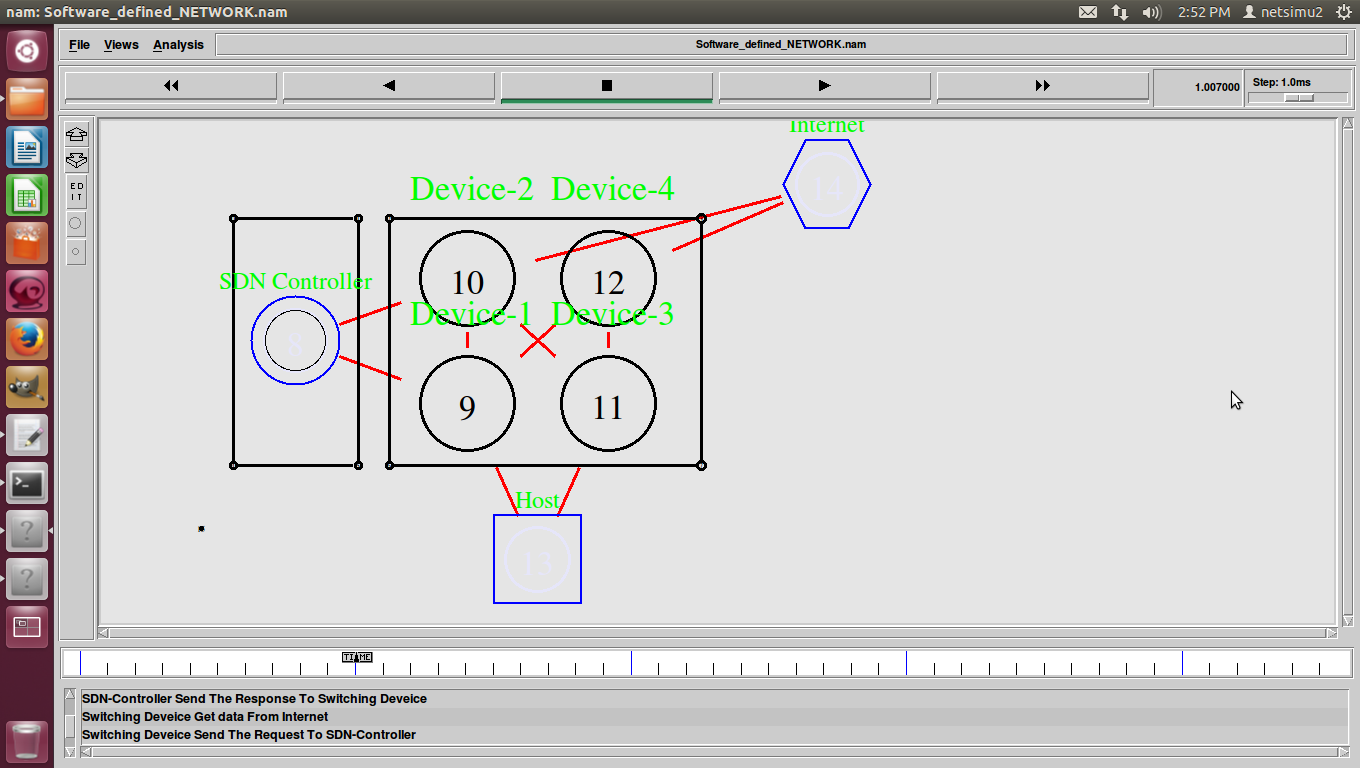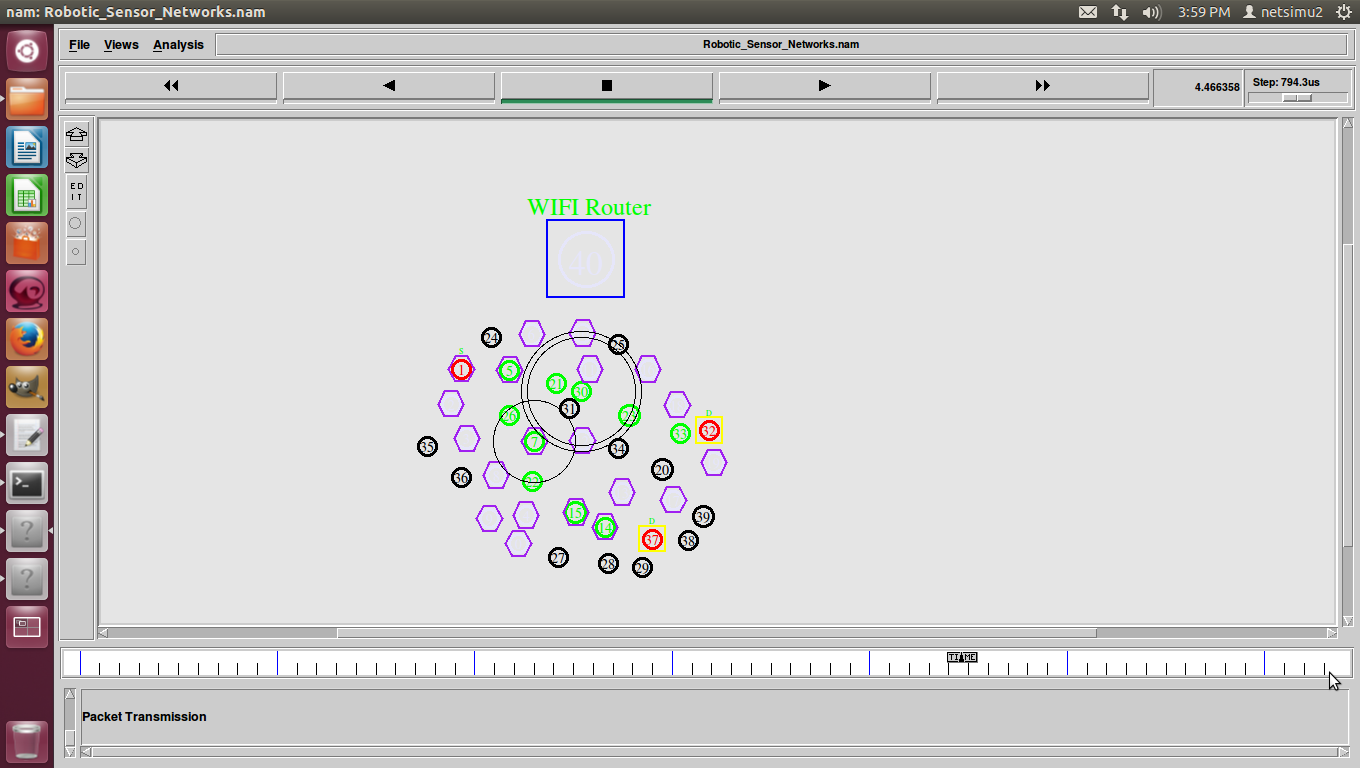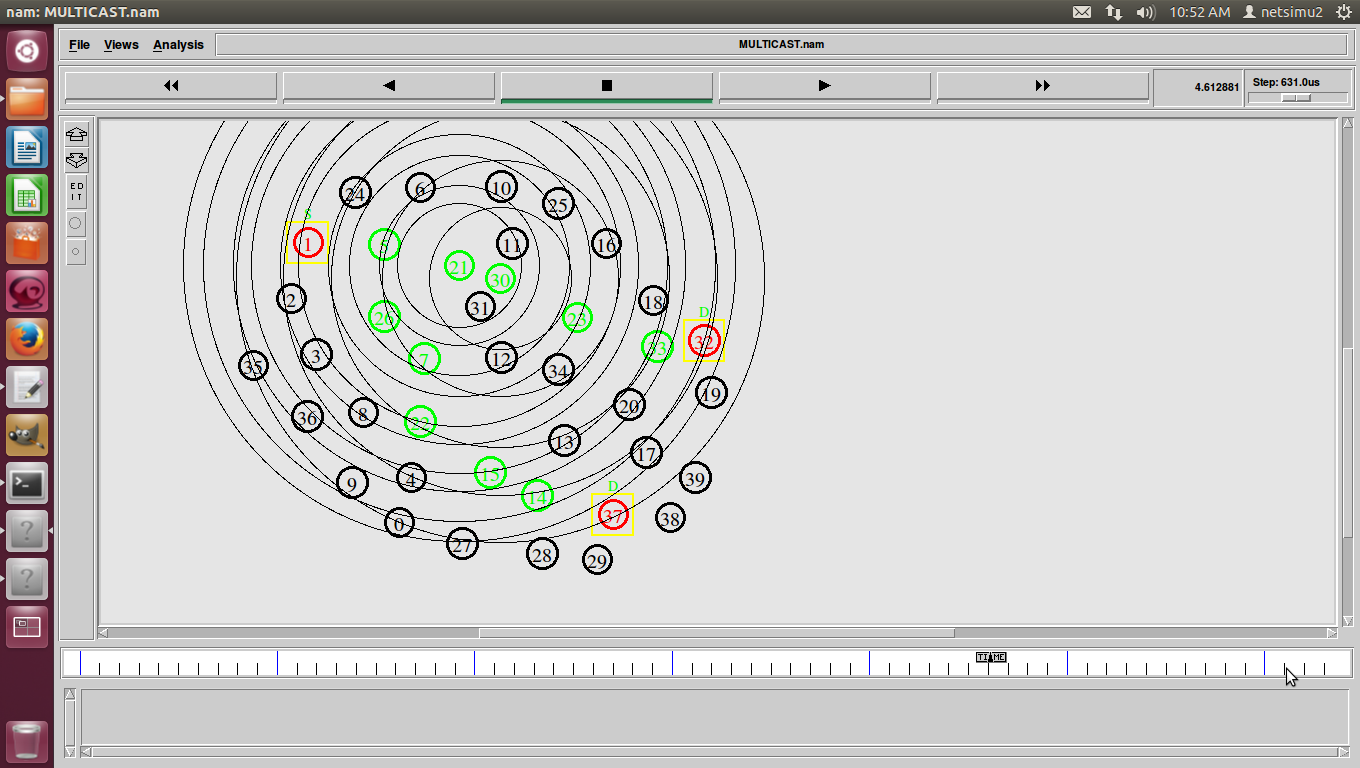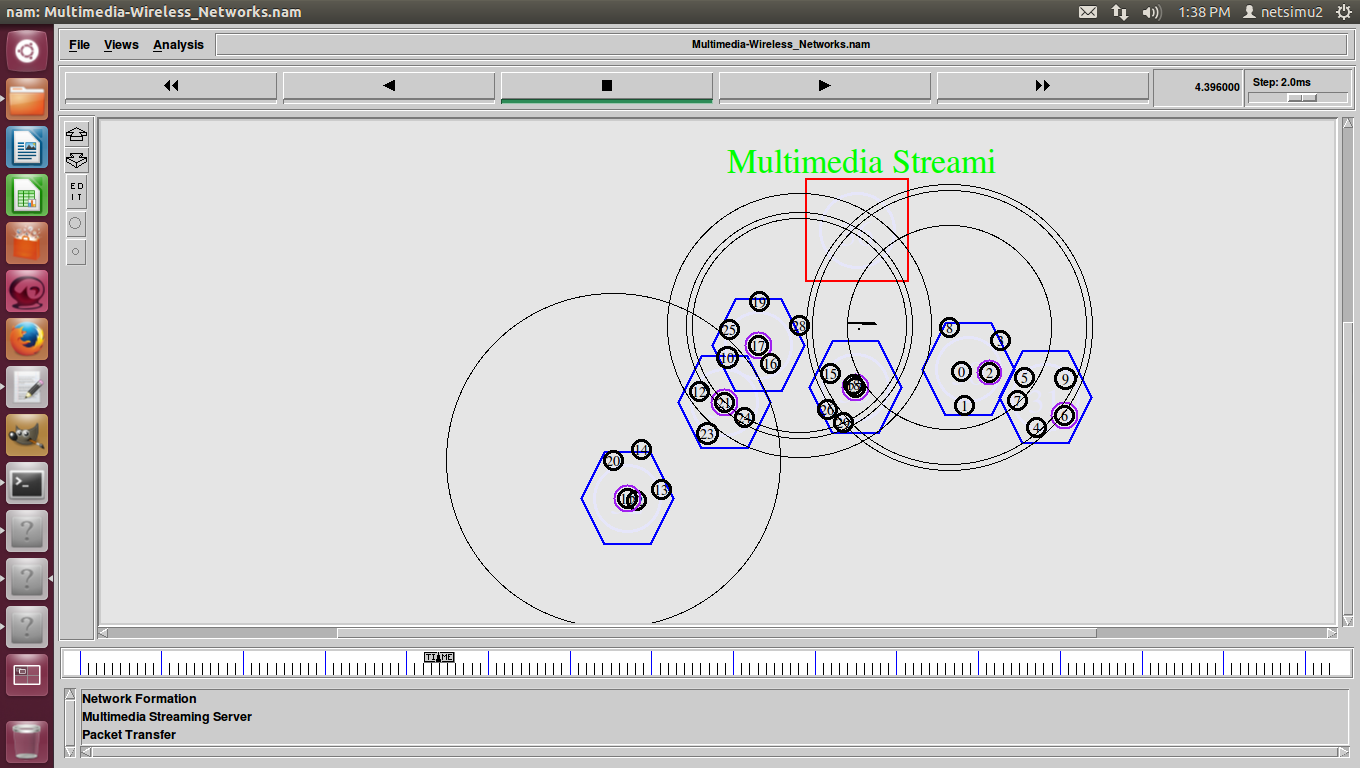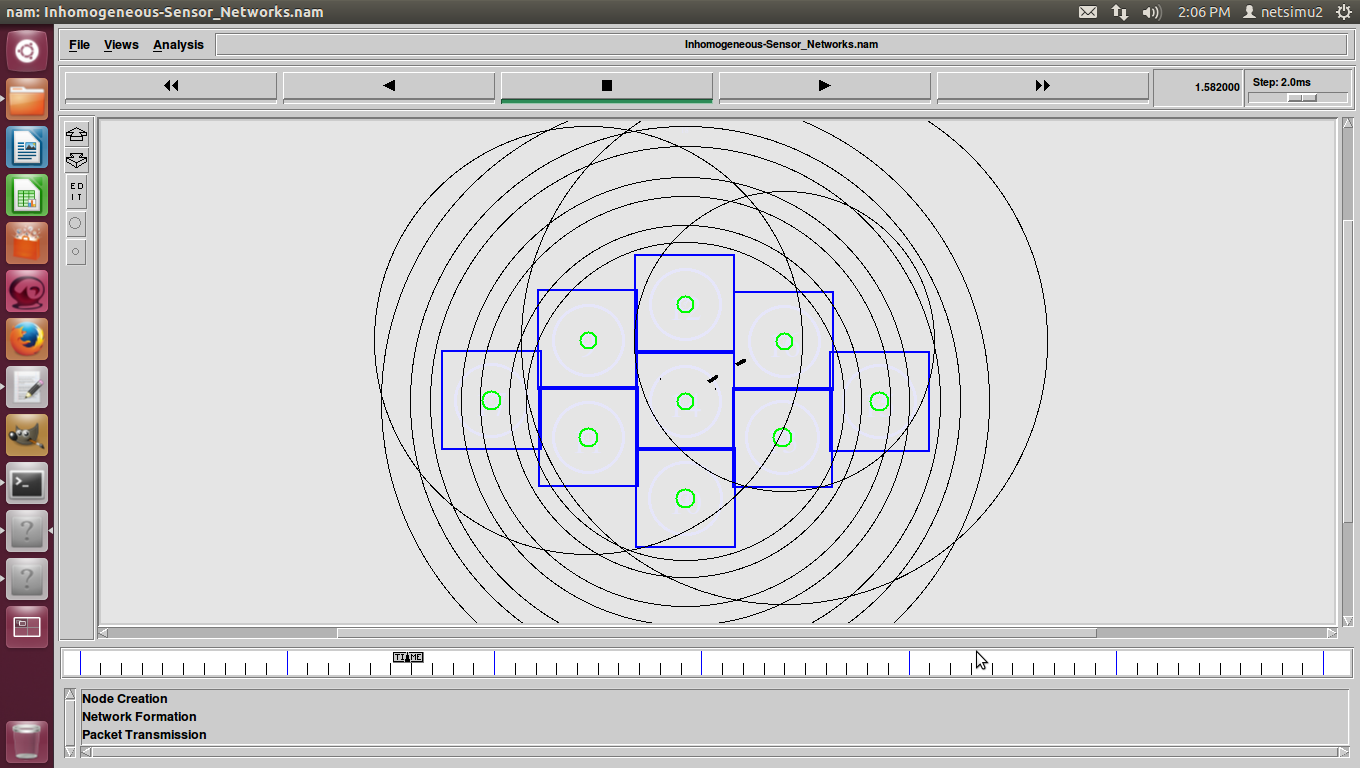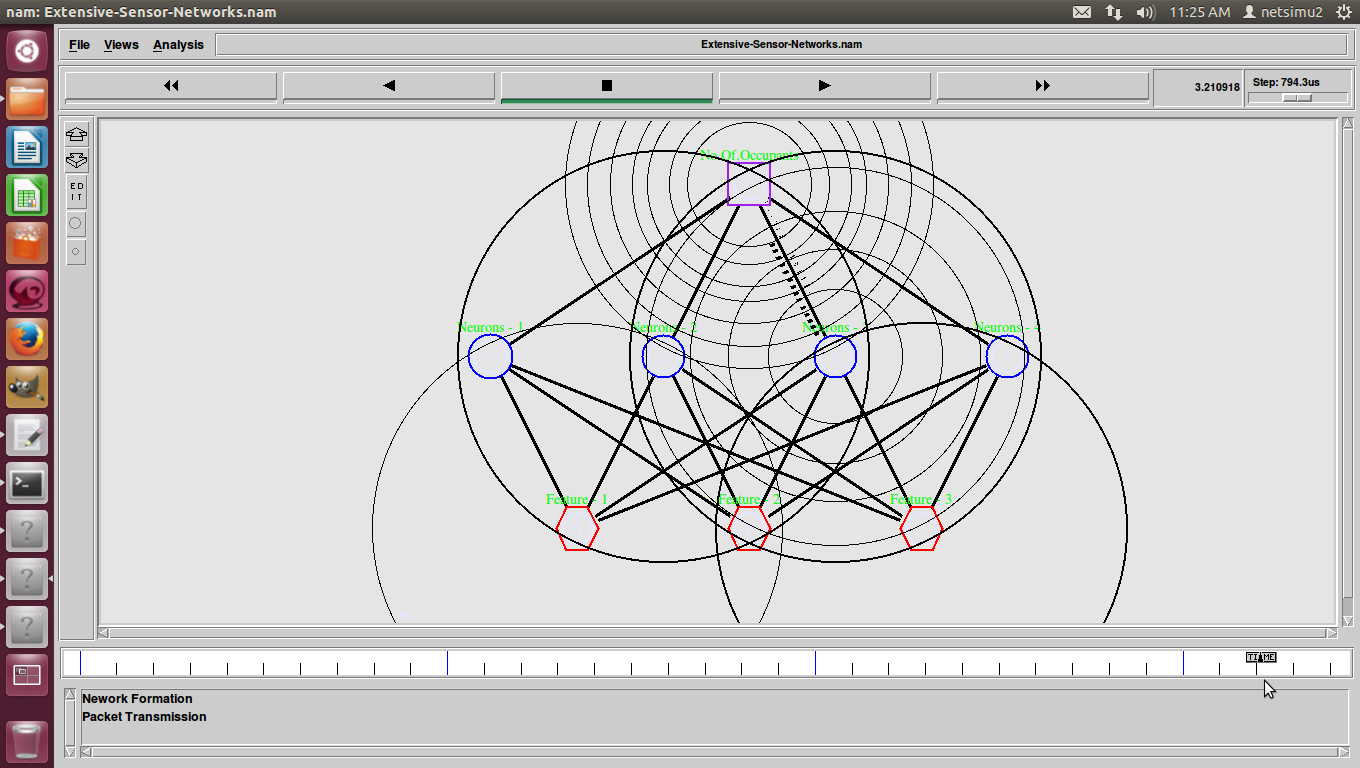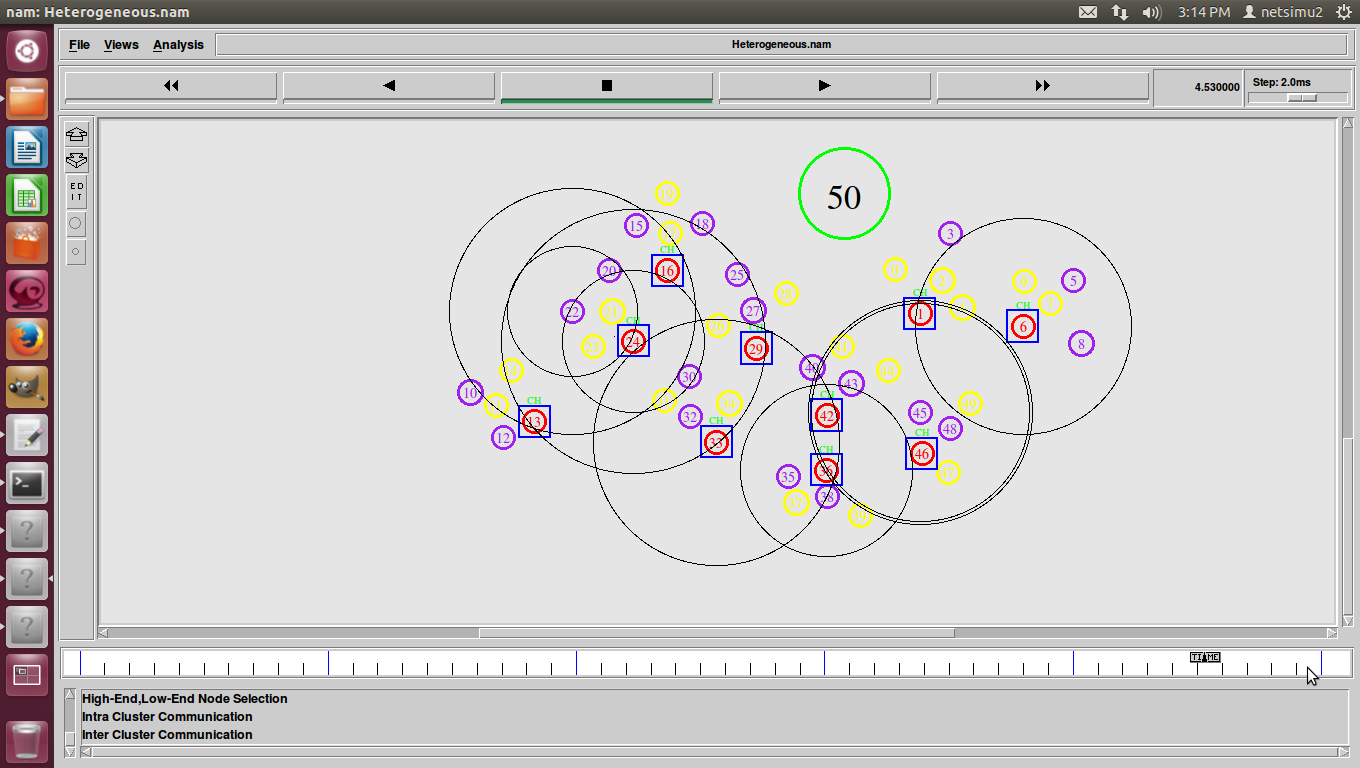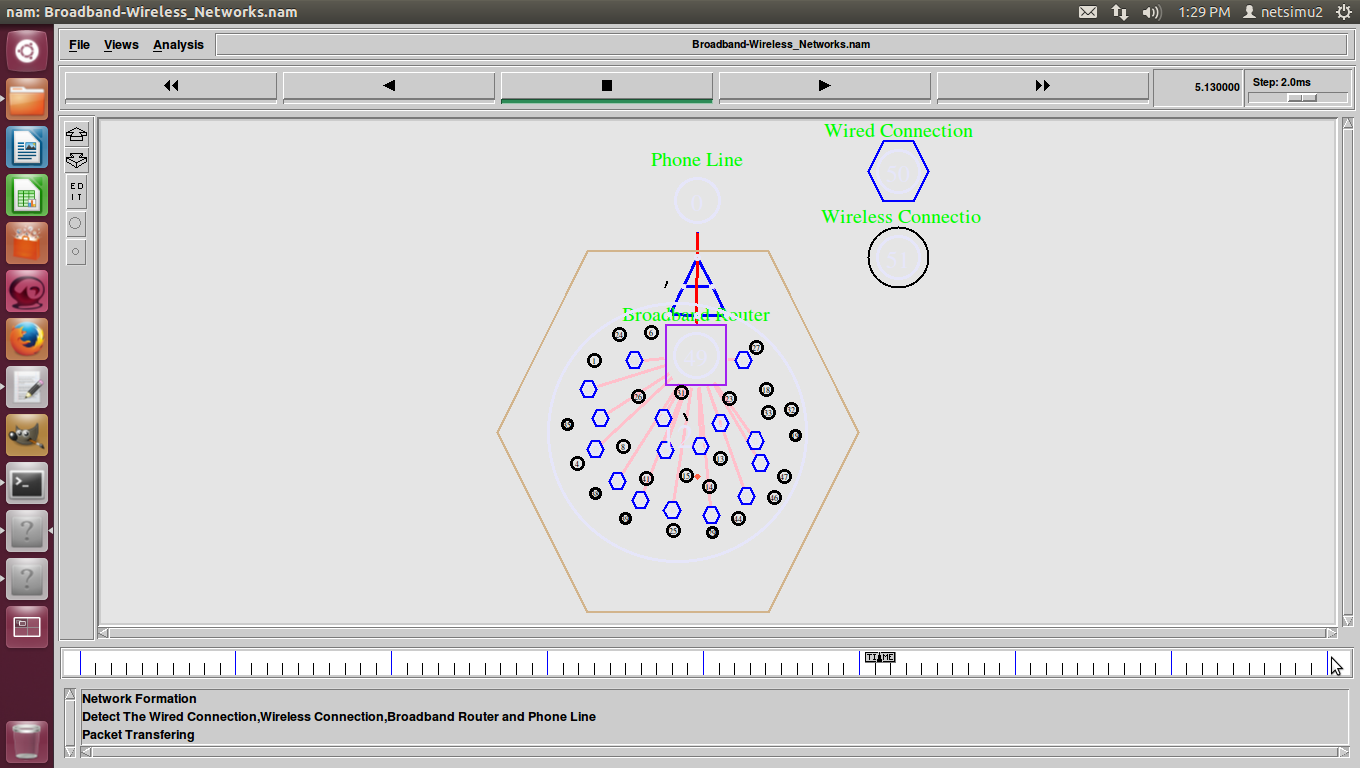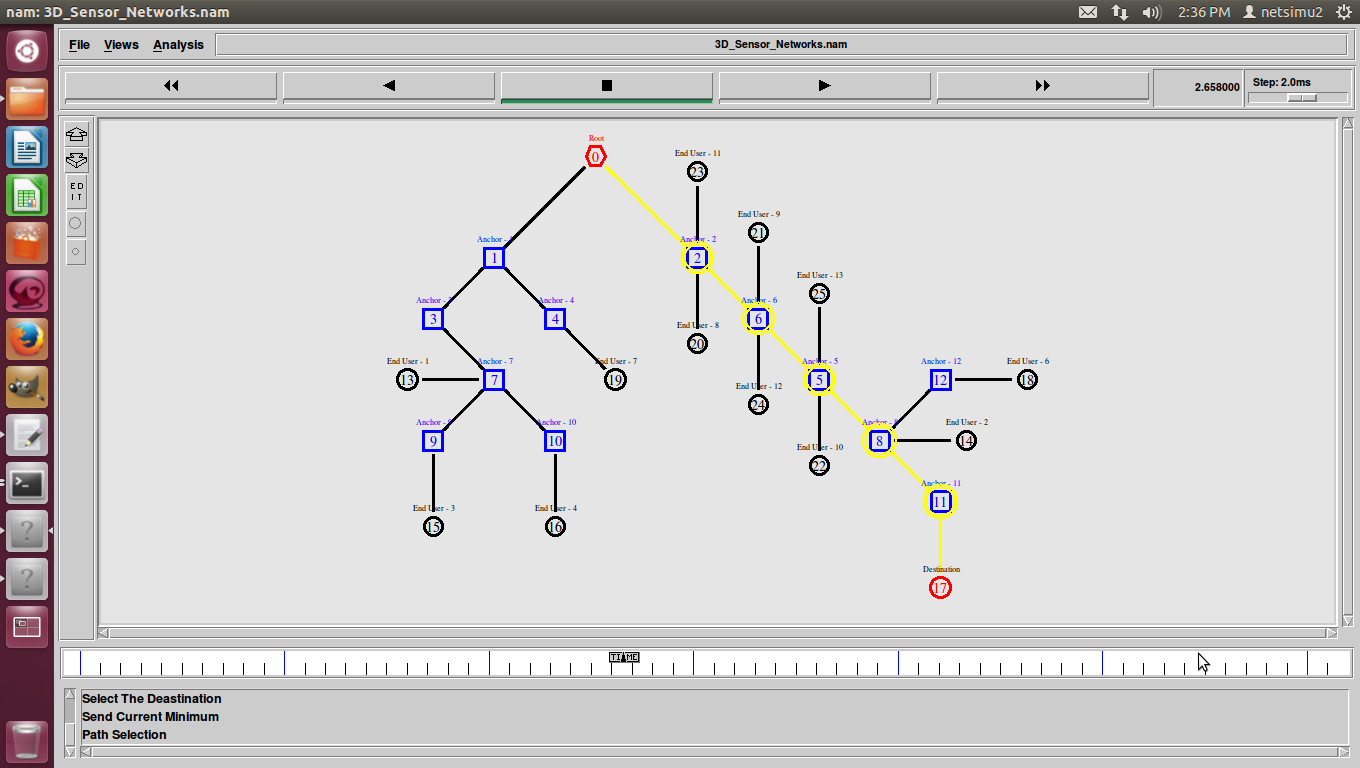Sensing capacity of Cognitive Radio Mobile Ad Hoc Networks
This paper addresses a Cognitive Radio Mobile Ad Hoc Network (CRMAHN) where the licensed users (Primary users – PUs) are mobile nodes. In this scenario, the non-licensed users (Secondary Users – SUs) may opportunistically use the PUs’ band when it is available. Because the availability of the band is determined by the spectrum sensing adopted by each SU, this work characterizes the transmission capability of the SUs (Sensing Capacity) through the characterization of the cases when the SUs sense the spectrum as being vacant.
Admitting that PUs are mobile, the SUs must declare the band as being used when the PUs within their sensing region use the band. Contrarily to other works, our main contribution is the assumption that PUs may also be detected active when they are located outside the SUs’ sensing region, which may frequently occur in CRMAHNs. This effect, known as Spatial False Alarm (SFA), is taken into account through the probability of detection of the PUs located outside the SU’s sensing region, which is derived in this work. Finally, it is shown that SFA degrades the sensing capacity of CRMAHNs, when the number of mobile PUs increases and/or the level of activity of the PUs also increases.






